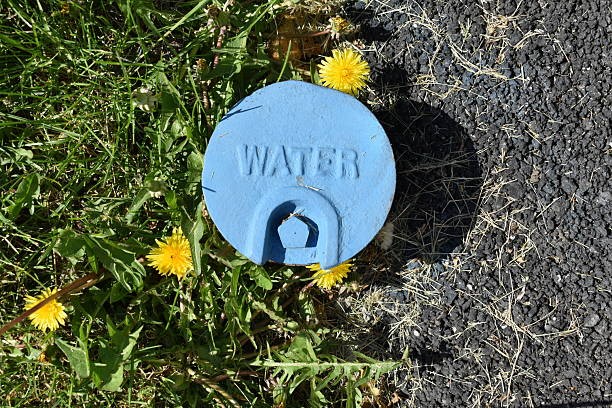
If you depend on a well water system, the decisions you make in your landscaping can affect more than just your yard’s appearance; they can also influence your water’s quality and availability. The plants you select, how water flows across your property, and the materials used for walkways can all impact your well’s performance and longevity.
Continue browsing to discover how your landscaping choices affect your well water system.
-
Choosing Drought-Resistant Plants to Reduce Well Water Use
The plants you select play a significant role in how much water your yard requires. By choosing native and drought-resistant species, you can significantly reduce the need for irrigation and ongoing maintenance. These plants are adapted to local conditions and can thrive with minimal supplemental watering, helping to conserve water and ease the burden on your well and pump.Additionally, strategically positioning plants, especially away from the wellhead, can reduce the risk of runoff pooling near the area, helping maintain the integrity of your water source. Keeping plants clear of the wellhead also ensures easy access in case of emergencies, such as when the well pump needs servicing or repair.
- Avoiding Irrigation to Preserve Well Performance
Even smart and efficient watering systems place unnecessary stress on your well, pump, and equipment. To protect the longevity of your well, it’s best to avoid irrigation altogether. Instead, design your landscape with plants that thrive on natural rainfall.
-
Improving Soil to Support Natural Water Absorption
Healthy, well-aerated soil absorbs water effectively, reducing runoff and supporting the natural replenishment of groundwater. Incorporating compost and mulch can improve soil structure and allow water to be retained where it’s most beneficial.In addition, landscaping features like rain gardens and vegetative buffers can help manage stormwater effectively without stressing your well system.
- Supporting Groundwater Flow Through Thoughtful Hardscaping
Hard surfaces such as concrete driveways stop rainwater from seeping into the soil, interfering with groundwater recharge and limiting the supply to your well. Using permeable materials, including pavers, gravel, or porous stone, allows rain to seep back into the soil and replenish the aquifer your well depends on.
-
Managing Chemical Use Around the Wellhead
Applying fertilizers, herbicides, or lawn treatments near your well can increase the risk of runoff that stresses your well system. To safeguard your equipment, keep a safe distance when using these substances and ensure water naturally flows away from the well area.If you experience any issues with your well, professional well services can assess its condition and provide expert assistance.
Protect Your Well Water System with Smarter Landscaping
Every decision you make in your yard can impact how your well system performs. By choosing low-water landscaping options and minimizing water-intensive practices, you can reduce stress on your well and ensure it operates efficiently over time.
If you experience any issues or want expert guidance on protecting your well water system and supply, contact our experts at H2O Equipment Co., Inc.
